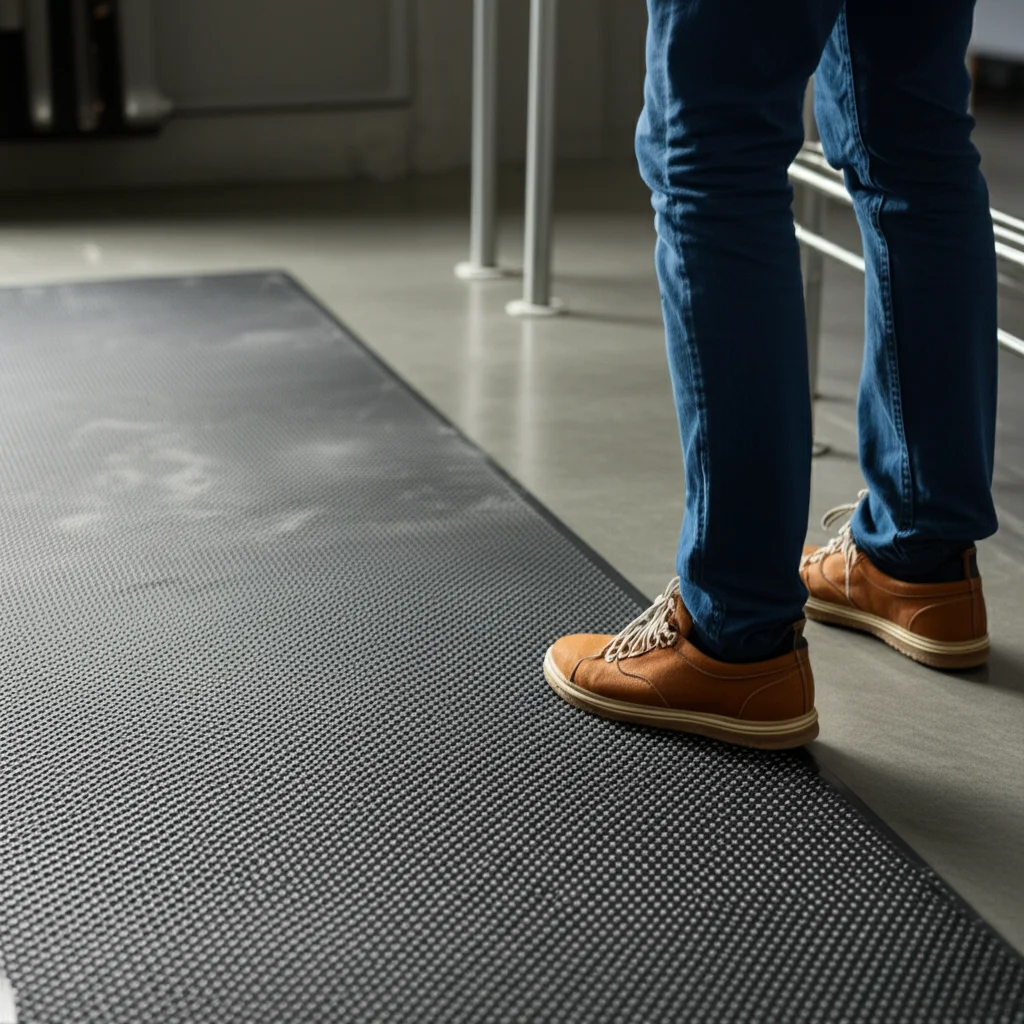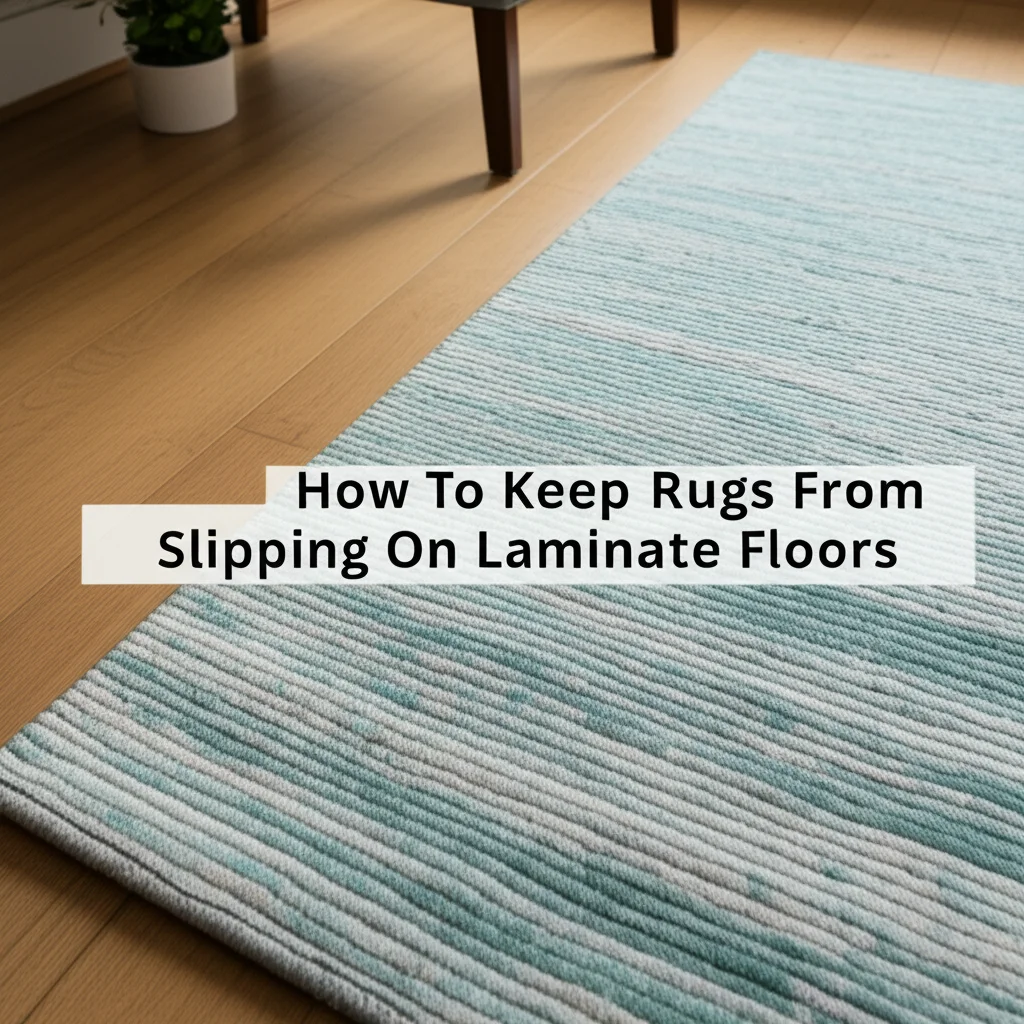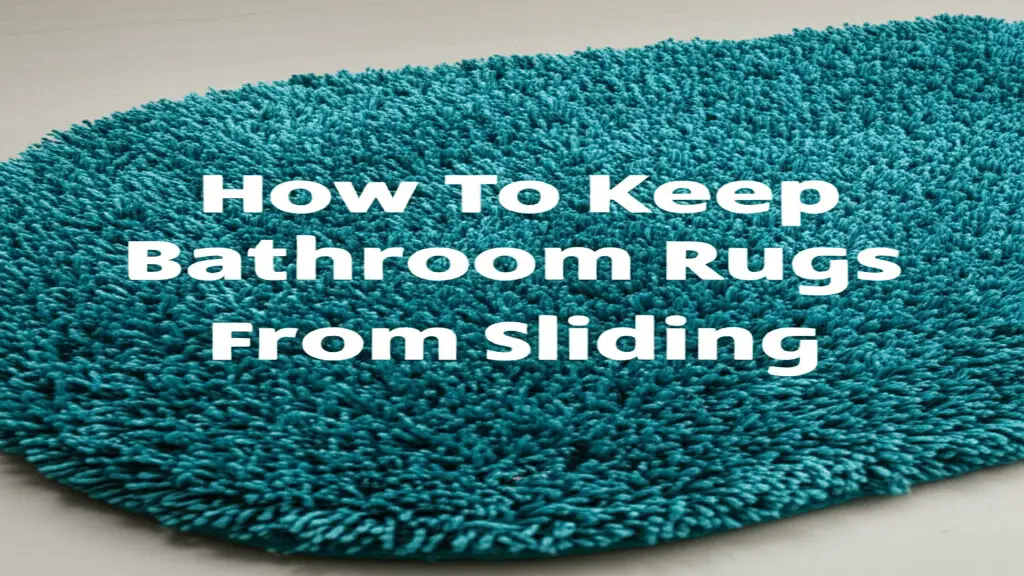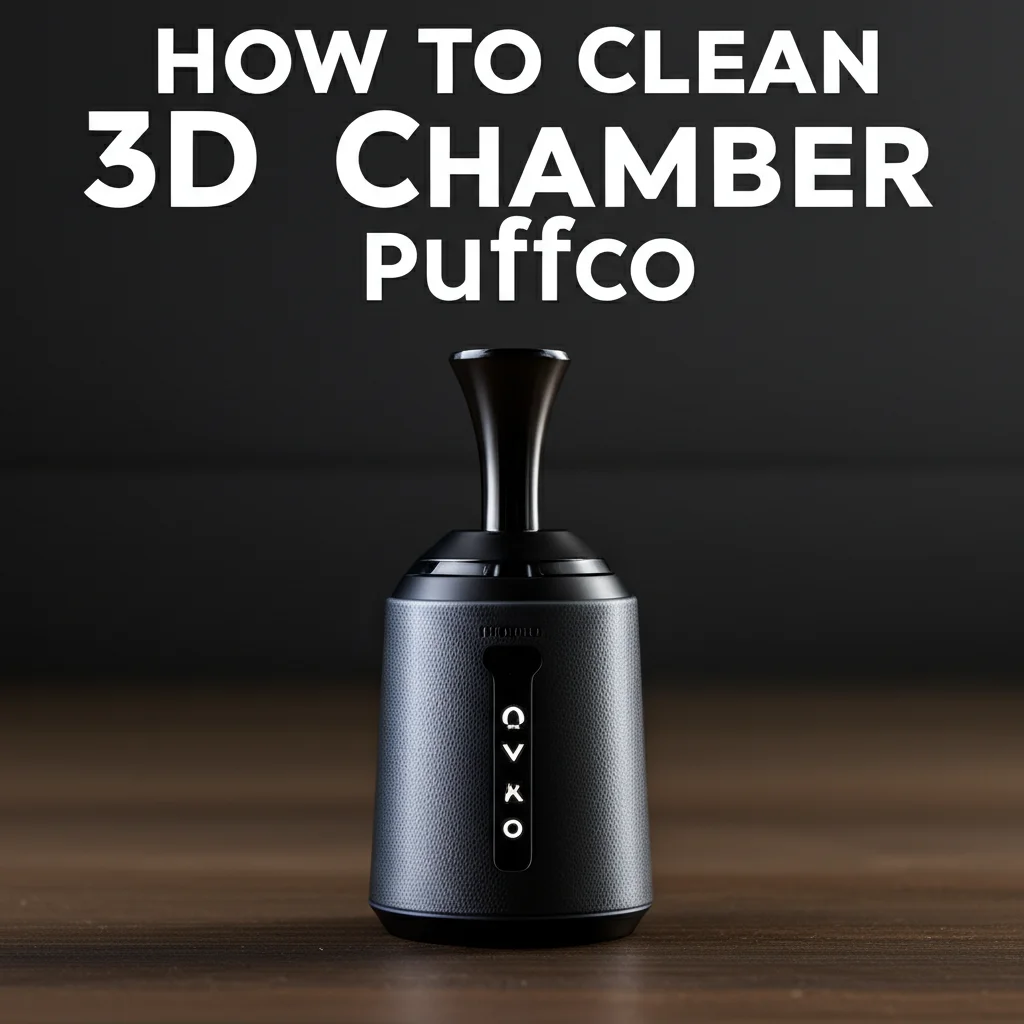· Todd Martin · Home & Cleaning · 11 min read
How To Keep Anti Fatigue Mats From Sliding

Anti-fatigue mats are essential for anyone who spends extended periods standing, providing much-needed relief for feet, legs, and back. However, these comfortable mats often come with an annoying problem: they slide around on the floor, creating both safety hazards and frustration.
If you’re wondering how to keep anti-fatigue mats from sliding in your kitchen, workplace, or exercise area, you’re not alone. This is a common issue that many people face, but fortunately, there are several effective solutions available.
In this comprehensive guide, we’ll explore various methods to secure your anti-fatigue mats firmly in place, from store-bought products to simple DIY fixes.
Key Takeaways
- Double-sided tape is the most popular quick solution for sliding mats
- Rug grippers and non-slip pads offer effective, floor-safe solutions
- Silicone caulk creates a custom non-slip backing for heavy-duty situations
- Regular cleaning of both your mat and floor prevents sliding
- Different flooring types may require specific anti-slip solutions
The Problem With Sliding Anti-Fatigue Mats
Anti-fatigue mats slide because of their lightweight design, smooth surfaces, and the materials they’re made from. When standing on these mats, especially on smooth floors like hardwood, laminate, or tile, your movements can cause the mat to shift position.
This not only defeats the purpose of having the mat properly positioned where you need it most but also creates a potential tripping hazard.
How To Keep Anti-Fatigue Mats From Sliding: 8 Effective Solutions
To keep your anti-fatigue mats securely in place, you need solutions that create friction between the mat and the floor without damaging either surface. Let’s explore the most effective methods to solve this common problem.
1. Use Double-Sided Carpet Tape
One of the quickest and most effective ways to keep anti-fatigue mats from sliding is to secure them with double-sided carpet tape.
How to Apply Double-Sided Tape
- Clean both your floor and the underside of the mat thoroughly
- Allow both surfaces to dry completely
- Cut strips of double-sided carpet tape to match the perimeter of your mat
- Apply the tape around the edges and in an “X” pattern across the center
- Remove the protective backing from the tape
- Carefully position your mat and press firmly to activate the adhesive
Double-sided carpet tape works particularly well on hard surfaces like wood floors, laminate, and tile. For kitchen applications where spills are common, look for water-resistant varieties. The main advantage of this method is that it’s fast and inexpensive, though you may need to replace the tape periodically if it loses its stickiness.
Pro tip: When removing the tape later, use a hairdryer to warm the adhesive for easier removal that won’t damage your floors.
2. Install Non-Slip Rug Pads
Non-slip rug pads are an excellent solution for keeping anti-fatigue mats in place, especially for how to keep area rugs from slipping on hardwood floors as well.
Benefits of Non-Slip Rug Pads:
- Creates friction between the mat and floor
- Adds cushioning for extra comfort
- Protects your flooring from potential damage
- Available in various thicknesses and materials
- Can be cut to fit any size mat
When selecting a non-slip rug pad for your anti-fatigue mat, look for options made from natural rubber or PVC with an open weave design. These materials provide excellent grip without leaving residue on your floors. For best results, choose a pad slightly smaller than your mat so it remains hidden underneath.
Some popular options include felt-rubber combination pads, which work well on hardwood and laminate floors, and PVC mesh pads, which are ideal for tile and other smooth surfaces.
3. Apply Silicone Caulk
For a more permanent DIY solution to keep anti-fatigue mats from sliding, consider creating a custom non-slip backing using silicone caulk.
Silicone Caulk Application Process:
- Clean the underside of your mat thoroughly and let it dry
- Turn the mat upside down on a protected surface
- Apply lines of clear silicone caulk in a grid pattern
- Create small dots of caulk around the perimeter
- Allow the caulk to dry completely (usually 24 hours)
- Place the mat on your floor with the caulked side down
This method creates a custom-textured backing that grips the floor effectively. The silicone remains slightly tacky without being sticky, providing excellent traction on most surfaces. This solution is particularly effective for kitchen anti-fatigue mats where moisture resistance is important.
The silicone backing typically lasts for several months before needing reapplication, making it a cost-effective solution for how to keep anti-fatigue mats from sliding in the kitchen.
4. Use Rug Grippers and Corner Anchors
Rug grippers and corner anchors offer another excellent solution for keeping anti-fatigue mats in place, especially on hard surfaces.
Types of Rug Grippers:
- Corner grippers: Small triangular pieces that adhere to the corners of your mat
- Edge grippers: Strips that run along the perimeter of the mat
- Full-coverage grippers: Sheet-like products that cover the entire underside of the mat
Most rug grippers use either suction technology or special adhesives to create a secure bond between the mat and floor. These products are particularly effective for how to keep rubber mats from slipping on smooth surfaces like tile and hardwood.
The advantage of using rug grippers is that they’re specifically designed to hold mats in place without damaging your floors. Many are also washable and reusable, making them an environmentally friendly option.
5. Apply Non-Slip Sprays and Coatings
Non-slip sprays and coatings can transform the bottom surface of your anti-fatigue mat to prevent sliding.
Popular Non-Slip Spray Options:
- Spray-on rubber coating
- Fabric textile spray
- Clear acrylic spray with added texture
- Commercial non-slip floor treatments
To apply non-slip spray to your anti-fatigue mat:
- Clean the underside of the mat thoroughly
- Place the mat upside down in a well-ventilated area
- Apply an even coat of the non-slip spray according to product directions
- Allow to dry completely before testing
- Apply additional coats as needed
These sprays create a tacky or textured surface that increases friction between the mat and floor. They’re particularly useful for mats that don’t respond well to other methods, though they may need to be reapplied periodically to maintain effectiveness.
6. Use Velcro Strips
Hook-and-loop fasteners (Velcro) provide a strong hold for anti-fatigue mats while allowing for easy removal when needed.
How to Use Velcro for Mat Stabilization:
- Purchase adhesive-backed Velcro strips
- Cut strips to fit along the edges of your mat
- Attach the “hook” side to the underside of your mat
- Attach the “loop” side to your floor
- Press the mat firmly into place
This solution works particularly well for semi-permanent installations where you occasionally need to move or clean under the mat. The Velcro creates a secure connection that prevents sliding but allows for easy lifting when necessary.
For temporary applications, such as how to keep exercise mats from sliding on carpet, you can use removable adhesive strips instead of permanent ones.
7. Clean Regularly to Prevent Sliding
Sometimes the simplest solution is the most effective. Regular cleaning of both your anti-fatigue mat and the floor beneath it can significantly reduce sliding issues.
Cleaning Regimen to Prevent Mat Sliding:
- Vacuum or sweep under the mat weekly
- Clean the underside of the mat to remove dust and debris
- Use appropriate cleaners for your specific flooring type
- Ensure both surfaces are completely dry before replacing the mat
- Check for and remove any oils or residues that may cause slipping
Dirt, dust, and debris can create a slippery layer between your mat and the floor, essentially acting like tiny ball bearings. By maintaining clean surfaces, you increase the natural friction between the mat and floor.
This method is particularly important for kitchen sink floor mat anti-fatigue products, where food particles and grease can accumulate quickly.
8. Choose the Right Mat for Your Flooring
Sometimes the issue isn’t about how to secure your mat but about having the right mat for your specific flooring type.
Anti-Fatigue Mat Selection by Floor Type:
For hardwood and laminate floors:
- Look for mats with natural rubber backing
- Avoid PVC or vinyl backings that can damage wood finishes
- Consider mats specifically designed for wood floors
For tile and stone floors:
- Choose mats with textured rubber backing
- Look for water-resistant options
- Consider heavier mats that resist movement
For carpeted areas:
- Select mats with rubberized grips or “teeth”
- Avoid smooth-backed mats that will slide easily
- Consider how to anchor a rug on carpet techniques
Many quality anti-fatigue mats now come with non-slip backing built in. Brands like Sky Solutions Anti Fatigue Mat and other top-rated options feature advanced non-slip technology specifically designed for kitchen and workplace use.
When shopping for the best anti-fatigue kitchen mat, look for product descriptions that specifically mention non-slip or anti-skid features.
DIY Solutions for Anti-Fatigue Mat Sliding
If you prefer to solve the problem yourself without purchasing additional products, several DIY options can help keep your anti-fatigue mats from sliding.
Homemade Anti-Slip Remedies:
- Hot glue dots: Apply small dots of hot glue in a pattern on the underside of the mat
- Shelf liner: Cut non-slip shelf liner to the size of your mat and place it underneath
- Rubber bands: For smaller mats, stretch rubber bands across the bottom in a grid pattern
- Bathtub appliqués: Stick these non-slip decals to the bottom of your mat
- DIY rubber spray: Mix rubber cement with mineral spirits and apply as a spray coating
These DIY solutions can be particularly effective for how to keep anti-fatigue mats from sliding DIY enthusiasts who enjoy creative problem-solving. Many people on online forums like Reddit have shared success with these methods for how to keep anti-fatigue mats from sliding Reddit.
Commercial Solutions Worth Considering
If DIY isn’t your style, several commercial products specifically designed to prevent mat sliding are available.
Top Commercial Anti-Slip Products:
- Rug Gripper tape and pads
- Grip-It Ultra Stop non-slip rug pad
- Gorilla Grip original area rug gripper
- Mohawk Home non-slip rug pad
- Non-Slip Mat Anchor strips
These products are specifically engineered to prevent sliding while protecting your floors from damage. Most are available at home improvement stores or online retailers and offer a more polished solution than homemade alternatives.
When shopping for commercial solutions, look for products that are compatible with your specific flooring type to avoid potential damage.
FAQ: Keeping Anti-Fatigue Mats in Place
How do you keep anti-fatigue mats from moving?
The most effective ways to keep anti-fatigue mats from moving include using double-sided carpet tape along the edges, installing non-slip rug pads underneath, applying silicone caulk to the underside in a grid pattern, or using commercial rug grippers. Regular cleaning of both the mat and floor also helps prevent sliding.
How to keep rubber mats from slipping?
Rubber mats can be kept from slipping by using specialized rug grippers, applying double-sided tape to the underside edges, or creating texture on the bottom with silicone caulk dots. For temporary solutions, placing a non-slip rug pad underneath works well, especially on smooth surfaces like tile or hardwood.
How to stop a mat from sliding?
To stop a mat from sliding, first ensure both the mat and floor are clean and dry. Then apply an anti-slip solution such as double-sided tape, rug gripper, non-slip pad, or silicone caulk dots to the underside of the mat. Heavier mats with built-in rubber backing generally slide less than lightweight options.
How do I keep my exercise mat from sliding on the carpet?
Keep exercise mats from sliding on carpet by using Velcro strips along the edges, placing a rubber rug pad between the mat and carpet, or applying a non-slip spray to the underside of the mat. For yoga mats specifically, using a specialized yoga towel over the mat can provide additional grip.
What is the best way to secure an anti-fatigue mat in a busy kitchen?
In busy kitchens, the best method to secure anti-fatigue mats is using a combination of double-sided tape along the perimeter and silicone caulk dots in the center. This provides strong adhesion that withstands constant movement while resisting moisture from spills and cleaning.
Can I use anti-slip solutions on all types of flooring?
No, not all anti-slip solutions work on every flooring type. Adhesive products may damage hardwood finishes, while rubber backings might leave marks on vinyl. Always check compatibility with your specific flooring before applying any anti-slip product to avoid damage.
How often should I replace the anti-slip materials under my mat?
Anti-slip materials should be replaced when you notice your mat beginning to slide again. Double-sided tape typically lasts 3-6 months before needing replacement, while silicone caulk applications may last 6-12 months. Commercial rug grippers usually need replacement annually with regular use.
Final Thoughts
Keeping your anti-fatigue mats from sliding is essential for both safety and comfort. Whether you choose commercial products like rug grippers and non-slip pads or prefer DIY solutions such as silicone caulk and double-sided tape, there are plenty of effective options to keep your mats firmly in place.
Remember that the best solution often depends on your specific situation, including your flooring type, the mat material, and how often you need to move or clean under the mat. You might need to experiment with different methods or combine approaches for optimal results.
By implementing the techniques discussed in this guide, you can enjoy the comfort and support of your anti-fatigue mats without the frustration of constant readjustment. Your feet, legs, and back will thank you for creating a stable, comfortable standing surface that stays right where you need it.





